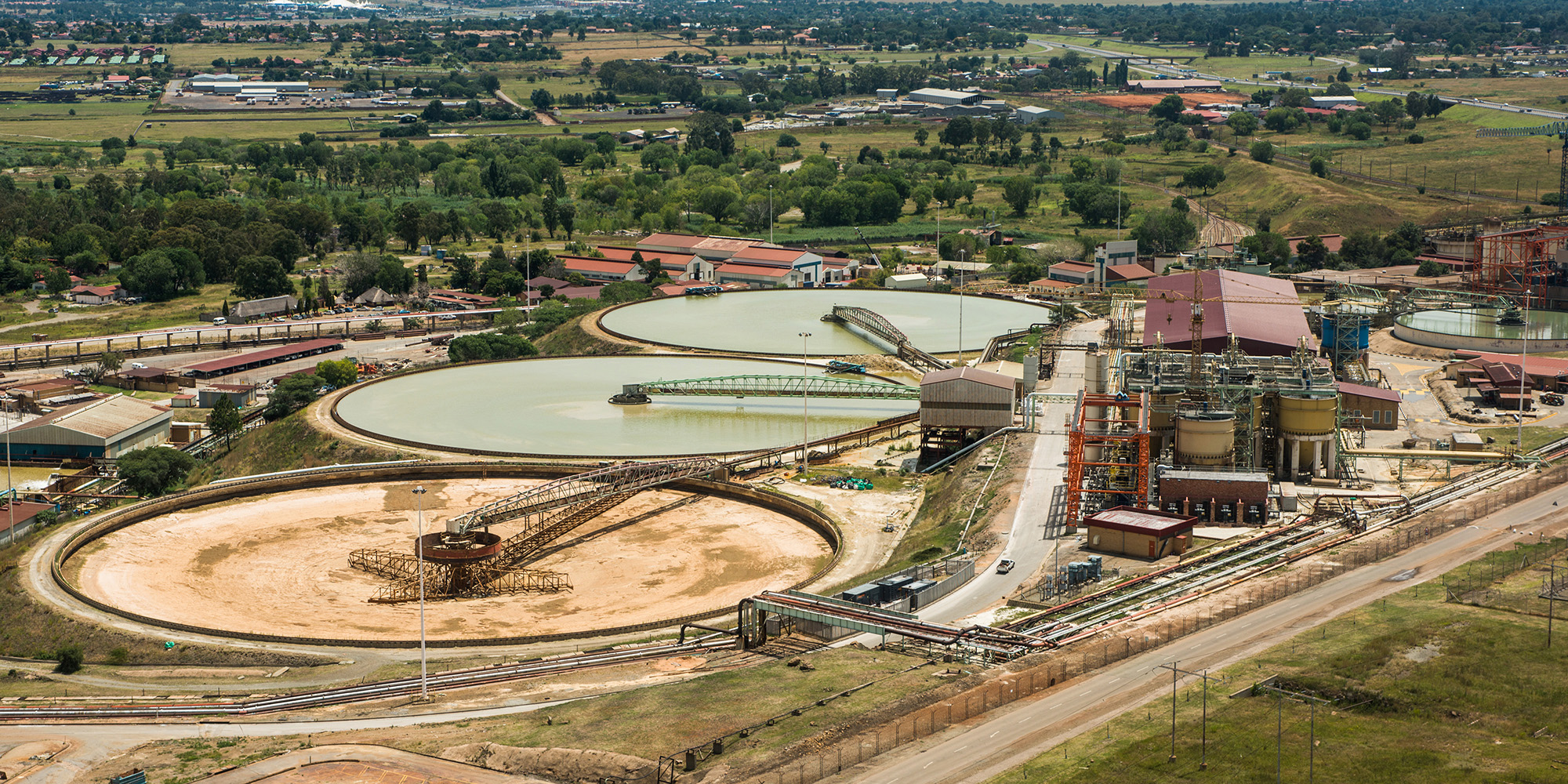DRDGold was unable to take advantage of red-hot gold prices because of regulatory inertia and the costs that went with that, but it still managed to lift its earnings slightly and pay a dividend for the 17th consecutive year.
The company has an unusual business model in the mining sector, extracting gold from the mine dumps that have ringed the City of Gold for more than a century.
It’s a model that has proven profitable. It does not entail the mounting costs that get steep as you go deep on the Witwatersrand and is far less labour-intensive than conventional mining or even deep-level mechanised operations.
That is one of the reasons it has now paid a dividend for 17 consecutive years, a period marked by booms and busts in the price of the precious metal.
However, its earnings were disappointing as it had to rely on “yellow machines” to produce gold from older “legacy” and the dregs known as “clean-up” sites instead of those targeted as it had to wait for water use licences from the Department of Water and Sanitation.
DRDGold typically uses high-pressure water jets in its production process to start the process of separating the gold from the dumps. This is far more cost-effective than using big “yellow machines” to do the heavy lifting, which it requires for its legacy and clean-up sites. There were also the “community disruptions” which bedevil South Africa’s mining industry.
“Community disruptions at some sites and ongoing delays in securing water-use licences put pay to these ambitions,” said the company.
“We had to dig deep to find replacement tonnes, and in the end we had to accelerate the rate at which we were mechanically clearing clean-up and legacy sites. By November 2023, we had run out of legacy material — all of 700,000 tonnes of material scattered across nine late-phase clean-up and legacy sites — while the last of the licences was only issued in January 2024.”
DRDGold went on to say that it “ended up 16% short of planned tonnage throughput, and produced only 93% of planned gold, coming in short of our previously published production guidance of between 165,000 ounces and 175,000 ounces”.
The company did have an “environmental win” in removing legacy sites that it had planned to extract gold from in the longer term. But it took a hit from costs for the regulatory delay from the Department of Water Affairs and Sanitation to start mining at sites it had earmarked.
“The tonnes that we ended up mining while we were waiting for the regulator to find its pen were more expensive tonnes; they weren’t tonnes that we could mine hydraulically like we do for the rest of our product,” CEO Niël Pretorius told Daily Maverick.
The process of getting the licences extended back to 2018, with Covid disruptions triggering bottlenecks that were exacerbated by a lack of capacity — otherwise known as state failure.
“When it became apparent that the regulator wanted additional stuff, we accelerated the rate at which we were mining these clean-up and legacy sites,” said Pretorius. “We were fortunate that we had them, but by December we were done, we had mined out just about everything.”
The last of the licences came through in the middle of January and after endless delays, the company could get on with normal activities.
DRDGold has also had significant capital expenditure, including on a 60MW solar plant, which should translate into cost savings in the long run.
So while earnings did rise slightly, it paid a total dividend of 40 cents per share for the year compared to 85 cents last year.
Still, it is the 17th straight year in which the company has given cash back to shareholders, even if it is not the windfall that one might expect, given the gold price.
This dividend flow is hardly a tsunami as the company’s production profile is small, which you would expect when you improbably produce a gold bar from old slag heaps — even those that are the product of the biggest gold industry by a long shot in history.
But the flow has been steady and has never dried up, and investors kind of like that.
DRDGold also has a good environmental story to tell: mine dumps are a toxic legacy of South Africa’s mining industry, and it is removing them and making money in the process. Investors are keen these days on that kind of thing.
They also expect decent earnings and dividends at current gold prices, and the company’s share price tanked by more than 6% on Wednesday.
DRDGold has R10-billion in its capital expenditure pipeline over the next three years to boost its production profile and it signalled this will take precedent over dividends. The current boom in the gold price to record levels of more than $2,500 an ounce could still become a bust, and investors for now are clearly cautious. DM
This article is more than a year old
Business Maverick
DRDGold’s annual earnings hit by regulatory headwinds, but dividend paid for 17th straight year
DRDGold, which extracts the precious metal from mine dumps around Johannesburg, reported a 3% rise in annual earnings. This is a disappointment against the backdrop of record high prices, but the company faced steeply rising costs linked to regulatory delays. And it did pay a dividend for a 17th straight year.





